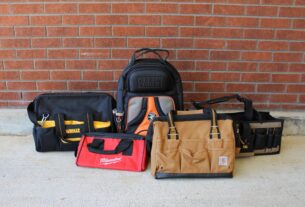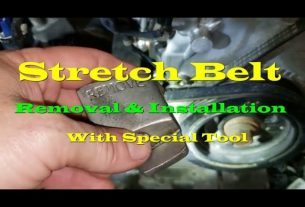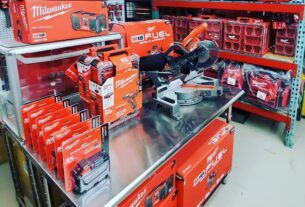Power tools are essential for any DIY enthusiast or professional in construction, woodworking, and home improvement. They allow us to accomplish tasks faster, with less effort, and more precisely. There are various types of power tools available on the market, each designed for a specific purpose. In this article, we will explore the different types of power tools and provide you with helpful tips to choose the right one for your needs.
Types of Power Tools
1. Drills
Drills are versatile power tools that can make holes in various materials such as wood, metal, plastic, and concrete. They come in two types: corded and cordless. Corded drills have a constant power source and are suitable for heavy-duty work. Cordless drills operate on rechargeable batteries and are ideal for light to medium tasks.
2. Saws
Saws are used to cut through materials such as wood, metal, plastic, and concrete. There are several types of saws available:
a) Circular saws – These are handheld saws with a circular blade that spins rapidly to cut through materials.
b) Jigsaws – These saws have a reciprocating blade that moves up and down quickly to cut curves or intricate shapes.
c) Miter saws – These saws can be used for cutting angles and making precise cuts on wood or metal.
d) Table saws – These saws have a stationary blade that protrudes through a table surface, which allows you to make straight cuts on large pieces of material.
3. Sanders
Sanders are used to smooth rough surfaces by removing tiny particles of material from the surface. There are several types of sanders available:
a) Orbital sanders – These sanders move in small circles to remove material quickly and provide a smooth finish.
b) Belt sanders – These sanders have a continuous abrasive belt that rotates to remove material quickly.
c) Random orbital sanders – These sanders move in random orbits to prevent swirl marks on the surface of the material.
4. Planers
Planers are used to shave off small amounts of material from a piece of wood or other materials to create a smooth and even surface. There are two types of planers available: hand-held and benchtop.
5. Grinders
Grinders are used to shape and sharpen metal tools, remove rust, and cut through metal pipes or rods. There are several types of grinders available:
a) Angle grinders – These handheld grinders use a rotating disc to grind, cut, or polish metal surfaces.
b) Bench grinders – These stationary grinders have two wheels, one for grinding and the other for polishing.
6. Nail Guns
Nail guns are used to drive nails into wood or other materials quickly and efficiently. They come in two types: pneumatic (air-powered) and cordless.
7. Heat Guns
Heat guns are used to apply heat to materials like paint, glue, and plastic so that they can be removed easily.
8. Power Screwdrivers
Power screwdrivers are used to drive screws into materials like wood or drywall quickly and effortlessly.
Choosing the Right Power Tool
When choosing a power tool, there are several factors you need to consider:
1. Purpose – Determine the purpose of the tool you need before making a purchase.
2. Power Source – Decide whether you need a corded or cordless tool depending on your needs.
3. Brand Reputation – Choose tools from reputable brands that offer warranties and customer support.
4. Price – Consider the price range for different types of power tools and choose one that fits your budget without compromising quality.
5. Ergonomics – Choose a tool with an ergonomic design that is comfortable to handle during use.
6. Safety Features – Look for tools with safety features like guards and locking mechanisms to prevent accidents.
Conclusion
In conclusion, power tools are essential for any DIY enthusiast or professional in the construction, woodworking, and home improvement industry. There are various types of power tools available on the market, each designed for a specific purpose. When choosing a power tool, consider factors such as purpose, power source, brand reputation, price, ergonomics, and safety features. With this comprehensive guide to types of power tools, you can choose the right one for your needs.
Wiki Reference: https://en.wikipedia.org/wiki/Power_tool




